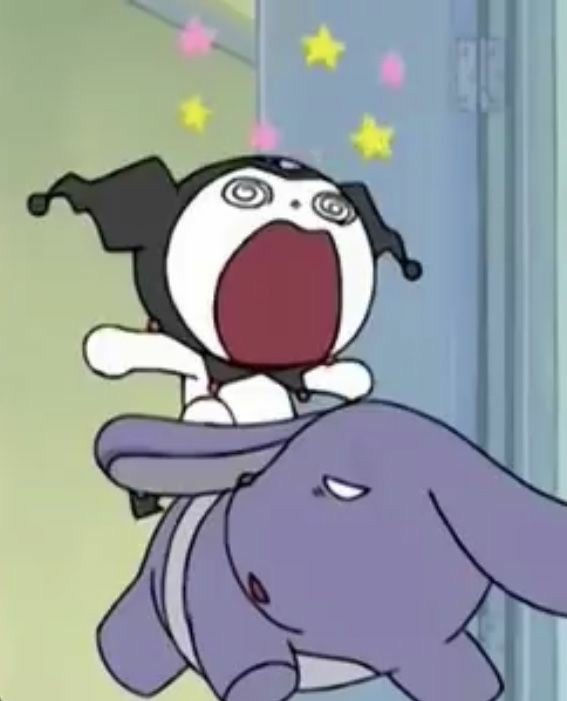Youth opposition and the July plot
Cards (12)
- Although Nazi Germany was a police state, most Germans did genuinely support the Nazis
- Two young groups, the Edeweiss Pirates and the Swing Youth, did resist
- Youth oppositionOpposition from the Edelweiss Pirates and the Swing Youth from 1933 to 1939 was cultural not political
- They were not severely punished when caught
- The Edelweiss Pirates
- A group of youths in the Rhineland
- Mainly from working class backgrounds
- Showed resistance by attacking the Hitler Youth
- Wrote anti-Nazi slogans in graffiti
- Sang popular songs from before the Nazi regime
- Wore American style clothing
- Their symbol was the Edelweiss, an Alpine flower
- By 1939, there were 2,000 Edelweiss Pirates
- The Swing Youth
- Embraced the 'degenerate' culture of the Weimar Republic
- Rejected Nazi values
- Influenced by America, played jazz, drank alcohol and smoked
- Organised illegal dances that thousands of young people attended
- Members came from wealthy backgrounds as their families would have record players
- The Edelweiss Pirates during the war1. Opposition became more open and was treated more harshly2. Distributed Allied propaganda3. Protected army deserters4. Openly attacked the Hitler Youth5. The Nazis clamped down on them6. In 1942, 700 members were arrested7. In 1944, 12 were publicly hanged in Cologne to send a message
- The Swing Youth during the war1. Gained more members over the war2. The Nazis sent anyone they caught listening to jazz to concentration camps
- The most significant moment of dissent against the Nazi regime was the July Plot in 1944
- Opposition to the Nazis
- Not successful because people were scared of repression and because any opposition that did exist was divided and did not communicate with each other
- Any political opposition which was discovered was arrested and intimidated
- Sometimes they were sent to concentration camps
- People could passively resist by telling anti-Nazi jokes or listening to anti-Nazi regime music
- The White Rose
- Emerged in the war as a new group of opposition
- Formed from two Munich University students, Hans and Sophie Scholl
- Published anti-Nazi leaflets and graffiti exposing the atrocities the Nazis were committing
- In 1943, they were both executed by the Gestapo after a public protest against the Nazis
- The July Plot, 19441. Count Stauffenberg of the army tried to kill Hitler with a bomb in his briefcase at a military conference on the 20th July 19442. Although the bomb went off, Hitler was only injured3. Stauffenberg and 5,746 others were executed, including 19 generals and 26 colonels4. Highlights that many people within the army opposed the Nazi regime by the end of the war
